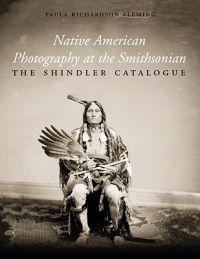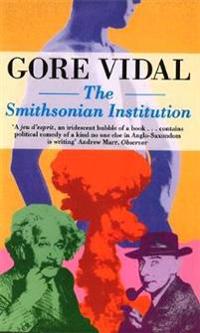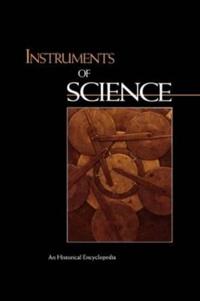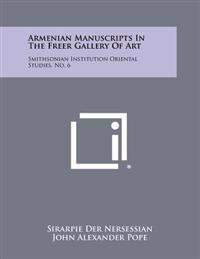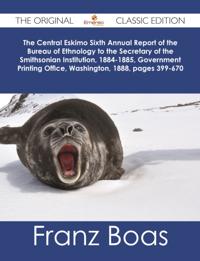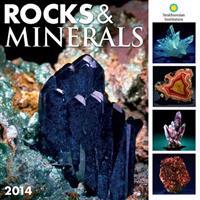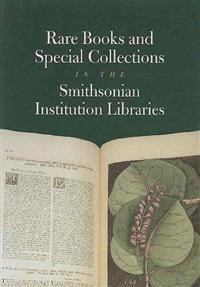Native American Photography at the Smithsonian (Inbunden)
avSmithsonian Institution (COR), Paula Richardson Fleming, Smithsonian Institution (COR)
ISBN: 9781588341211 - UTGIVEN: 2003-06The Smithsonian Institution (Storpocket)
avGore Vidal
ISBN: 9780349110721 - UTGIVEN: 199910Good Friday, 1939, and T., a sixteen-year-old schoolboy, arrives at the Smithsonian Institute in Washington. The museum is closed, but T. manages to slip in, and it would appear that somehow, he is expected. An old man, Bentsen, shows him around, and T. realises that all is not as it seems. As he go[...]
Instruments of Science: An Historical Encyclopedia (Inbunden)
avRobert Bud, Smithsonian Institution, Nmsi Trading Ltd
ISBN: 9780815315612 - UTGIVEN: 199712"This fascinating encyclopedia presents 325 historically significant scientific instruments from antiquity to the present. Instruments used for testing and monitoring in addition to those used for research are studied, including laboratory organisms such as E.coli. Each of the signed entries explai[...]
American Paintings of the 19th Century: Pt. 2 (Övrig)
avRobert Wilson Torchia, Deborah Chotner, Ellen G. Miles (Curator Of Painting And Sculpture, National Portrait Gallery, Smithsonian Institution, Washington D.C.)
ISBN: 9780894682544 - UTGIVEN: 1999-01-07More than one hundred works are catalogued in the second of two volumes devoted to the National Gallery of Art's holdings of nineteenth-century American paintings, including virtually all of the important portraits in the collection. Distinguished in part by the concentration of works by three preem[...]
Armenian Manuscripts in the Freer Gallery of Art: Smithsonian Institution Oriental Studies, No. 6 (häftad)
ISBN: 9781258433871 - UTGIVEN: 2012-07Encyclopedia of Garden Plants for Every Location (Inbunden)
avSmithsonian Institution
ISBN: 9781465414397 - UTGIVEN: 2014-09Including more than 2,000 recommendations from gardening experts, "Encyclopedia of Garden Plants for Every Location" includes planting suggestions for over 30 types of sites, from notoriously dry ground by a hedge or fence to cracks in walls or paving, explains how to assess site and soil, and prese[...]
Central Eskimo Sixth Annual Report of the Bureau of Ethnology to the Secretary of the Smithsonian Institution, 1884-1885, Government Printing Office, Washington, 1888, pages 399-670 - The Original Classic Edition
ISBN: 9781486491896 - UTGIVEN: 2015-06Finally available, a high quality book of the original classic edition of The Central Eskimo Sixth Annual Report of the Bureau of Ethnology to the Secretary of the Smithsonian Institution, 1884-1885, Government Printing Office, Washington, 1888, pages 399-670. It was previously published by other bo[...]
Rare Books and Special Collections in the Smithsonian Institution Libraries
ISBN: 9781560986256 - UTGIVEN: 1995-10A richly illustrated, full color survey of the valuable and unusual materials in the Libraries' Special Collections Department.[...]
Longhorned Woodboring Beetles (Coleoptera: Cerambycidae and Disteniidae): Primary Types of the Smithsonian Institution (Inbunden)
avSteven W. Lingafelter, Eugenio H. Nearns, Gerard L. Tavakilian
ISBN: 9781935623403 - UTGIVEN: 2014-09In terms of quantity and breadth, the Smithsonian Institution's collection of longhorned woodboring beetles is one of the most important in the world. The effort to establish and describe this collection began as early as 1889, when the Smithsonian hired its first coleopterist (who was also only the[...]

